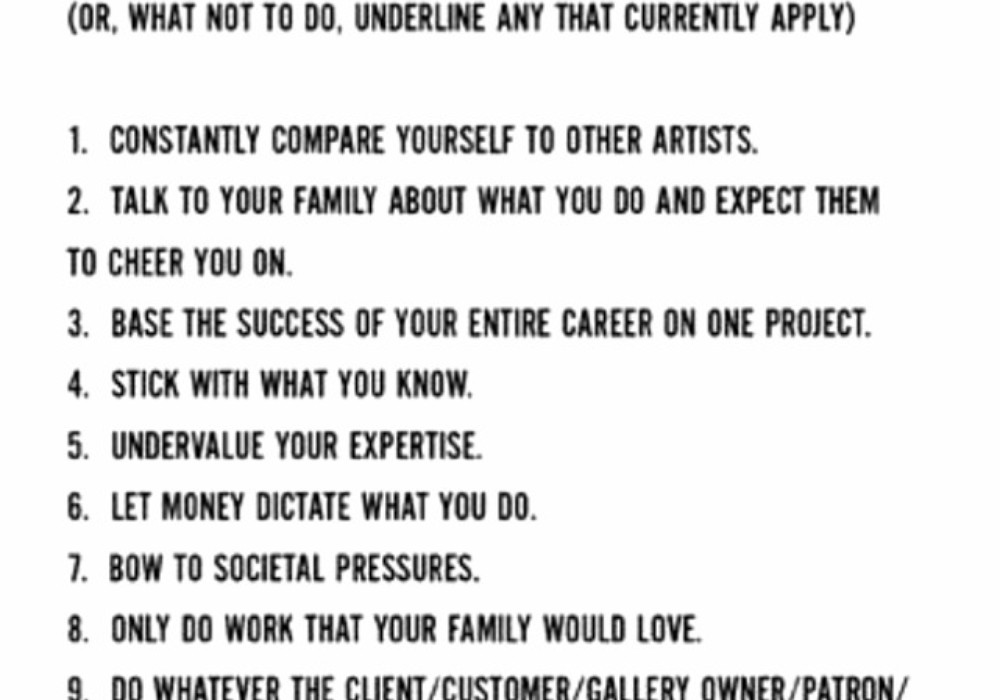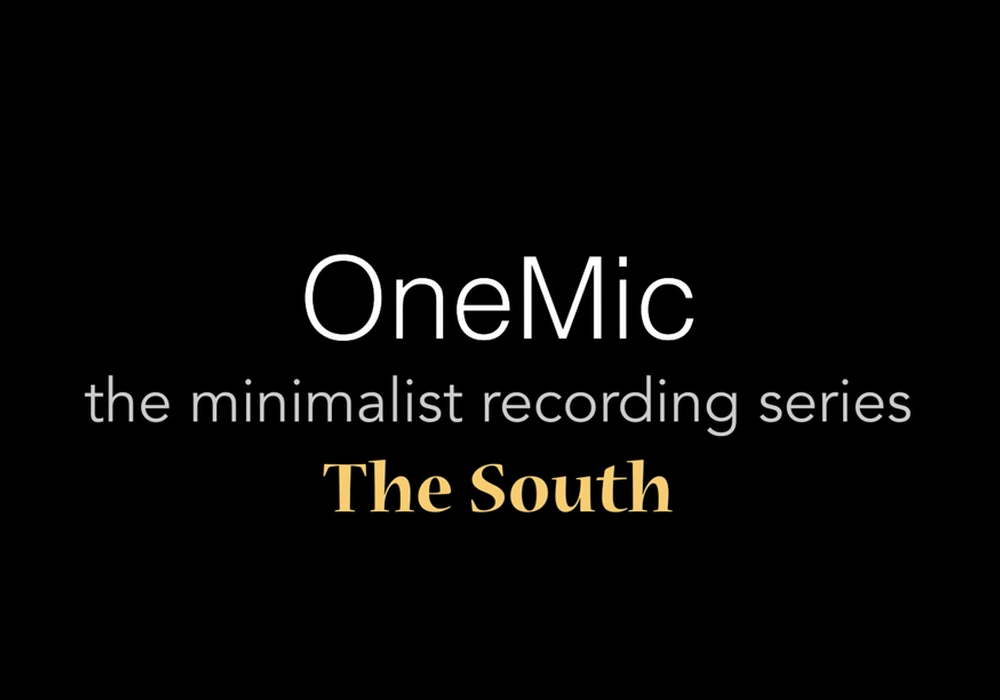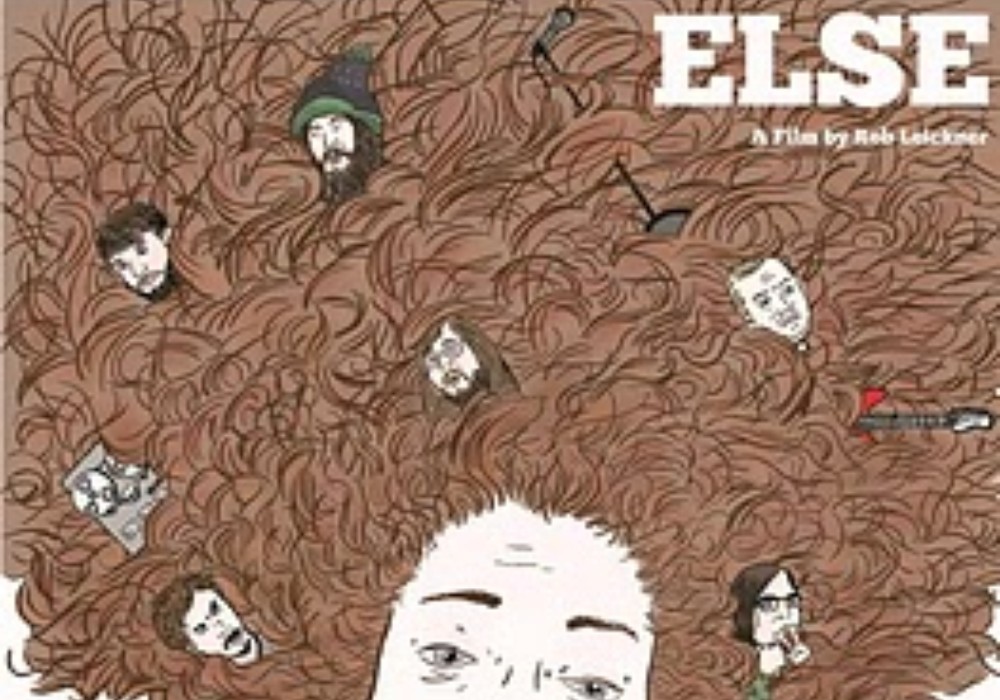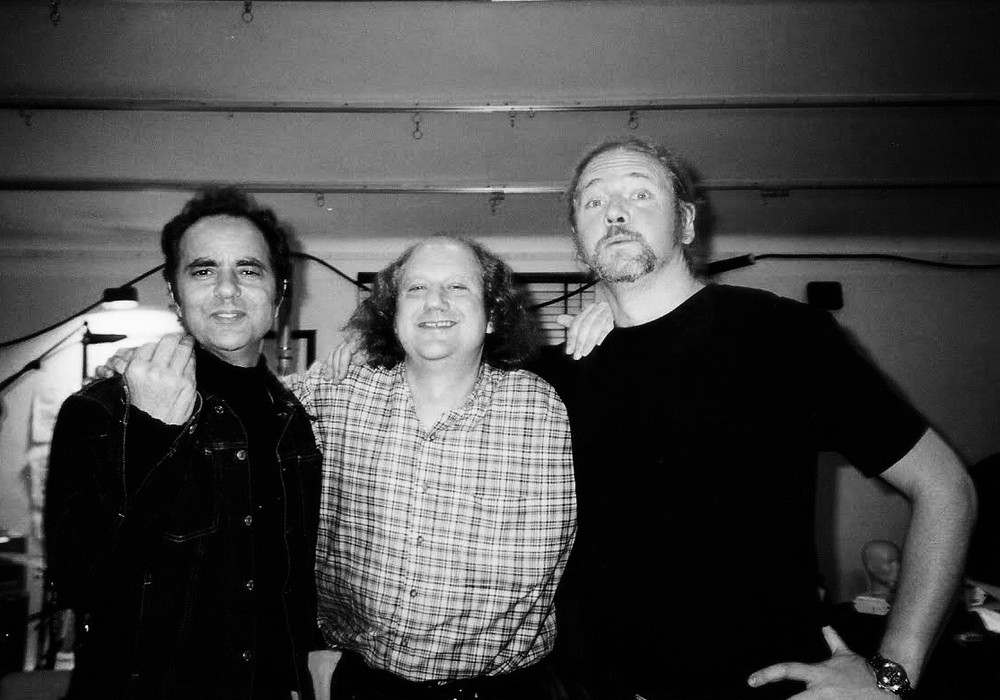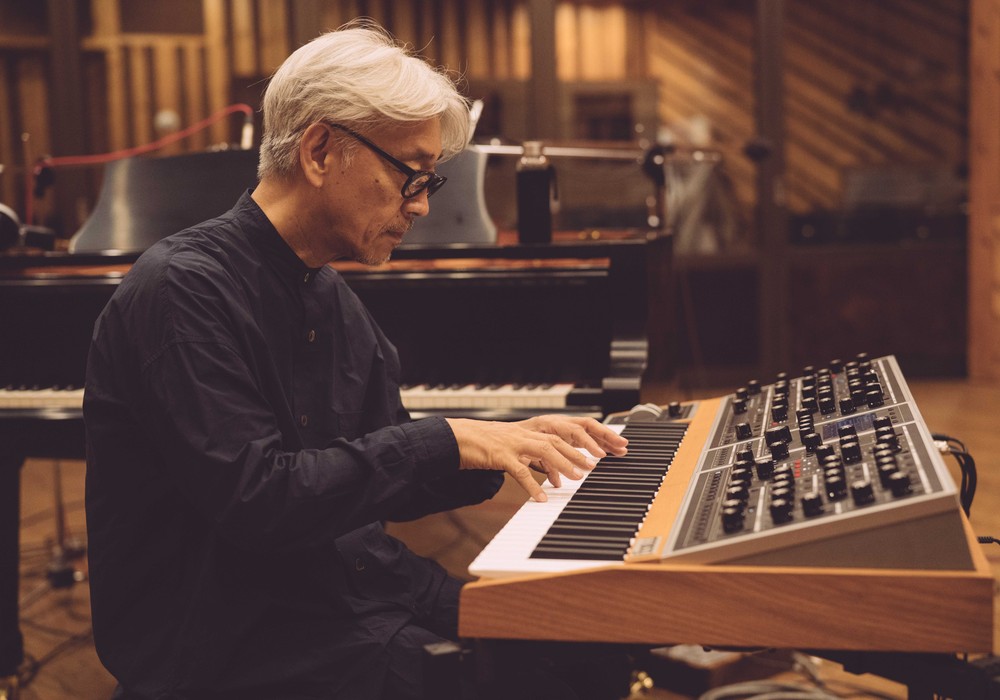In editor Larry Crane's recent End Rant [Tape Op #127], he talked about how people are currently learning recording techniques, all of the misinformation on the internet, and how this leads to the homogenization of music making in general. All of the "short cuts" to a sound via presets, modeled mics and preamps and the rest of this ilk, begin to appear as a real disservice to the person who takes the abbreviated path to a "workable" solution, but also an insult to the end listener.
While recently surveying the musical landscape, I came across Japanese/Australian R&B/trip-hop artist Joji (aka George Miller) and was struck by how much his song "Test Drive" sounded similar to the Canadian rap/pop artist Drake. Then I checked out the sidebar recommendation for Rich Brian's "History." Sounded like Drake. Then Travis Scott's "Sicko Mode," featuring Drake. You guessed it... it also sounded like Drake. Give the people what they want, I guess. But it seems lame. Technology may make things easier, but is easier better?
LEARNING
Before the complete democratization (can read as free-for-all) of music making via the internet, Garageband, etc. there was an information curation process. Not everybody (with an iPhone and an internet connection) could make a "how to" video and post it as gospel on YouTube. So, how did people learn this craft in the pre-internet world? Generally one started out by getting good at making tea, keeping their mouth shut, and their eyes and ears wide open. Long hours, a little luck, a sprinkle of seized opportunity, and maybe they found their cheeks in the driver's seat. The next wave of recordists usually involved 4-tracks, Shure SM57s and 58s, good mentors, experimentation, willing band subjects, long hours, and – yet again – a little luck and a sprinkle of seized opportunity.
I was someplace in between the then and now. I started making records on tape, messed with friends’ 4-tracks, and we eventually had a 16-track reel-to-reel in our rehearsal space. My first "pro" rig was Pro Tools 4, a Digidesign 888 interface, a Mackie 1202 mixer, an Audio-Technica AT20, a 57, Tannoy Reveal monitors, and a 4 GB hard drive. In the process of doing records with my bands, and playing bass on sessions, I got to work with and become friends with guys like Dave Lebolt, Jacquire King [#45, #88], Jason Carmer, Craig Silvey, David Bianco [#104], Matt Wallace, Don Smith, Damien Rasmussen, Phil Stier, Billy Anderson [#33], and many others. My eyes and ears were wide open. I recall an early project I was sent to mix, where the drummer had completely bashed the cymbals to death. They were literally in every mic, and mixing was difficult. I called David Bianco to ask his advice, and I relayed my attempts at de-essing, EQing, and frequency dependent compression to get the cymbal wash under control. He said, "I'd just call them and say, 'You know that thing the drummer did, where he really wailed on the crash cymbals and they're all over everything? He nailed it.’” You won't find that pearl of wisdom on YouTube. I never went to audio school, but I had a small group of great engineers, and experienced producers, to pop a call into for advice. Trusted sources and trial and error shaped and informed me in ways that no YouTube video ever could. And what about all the non-technical parts of being a good recordist or producer???
RECORDING GEAR
I like to think of this subject in a few different categories.
1) Gear that is essential: You need these tools to record. Period. This includes a microphone, cables, a recorder of some sort (or an interface and computer if you are recording digitally), and monitoring (headphones or speakers).
2) Gear that is nice to have: Stands, effects and processing, more mics, multitrack recording, and utilities like EQ and compression.
3) Gear that you don't need, but it's sure fun: Tone boxes, varieties of microphones, colors of mic preamps, flavors of compressors and EQs, control surfaces, analog summing, isolation mounts for speakers, pure copper wire, clean A/D converters, colored A/D converters, tube this or FET that, variable Mu, speedy VCA, gooey optos, transformer-less, huge-transformer, discrete class A, point-to-point wired, ribbon tweeter, dome tweeter, inverted tweeter, filters, side-address, front firing, side-chain inputs, fancy chairs, fancy coffee makers, and on and on and on. My goodness, a large format console with good EQs, dynamics and solid faders (don't get me started!) is starting to sound simple and streamlined right? My point is not that any of this gear is not great. So much of it is a beautiful display of artful design and imagination. It sounds great, looks great and can help you do your job. I like going out for a nice meal now and again, but I am also capable of making something delicious with what happens to be in the fridge and cupboard.
Young recordists, do not let gear be a barrier! “What happens if I plug this into that?” Find out. Blow things up. Make horrible mistakes on your own terms. "Technically suitable" and creatively interesting, do not necessarily go hand in hand. And most importantly: Music making is only partially technical but mostly a people skills job. You will play the role of therapist, mediator, cheerleader, technologist, runner, barista, sounding board, and spaceship commander. For much of it you will be overworked and underpaid. But at the end of the day, if you are lucky and you capture something that is reflective of the collective efforts and spirit of those involved, you will realize that THAT in itself is the goal, and maybe one worth chasing.
-GS


